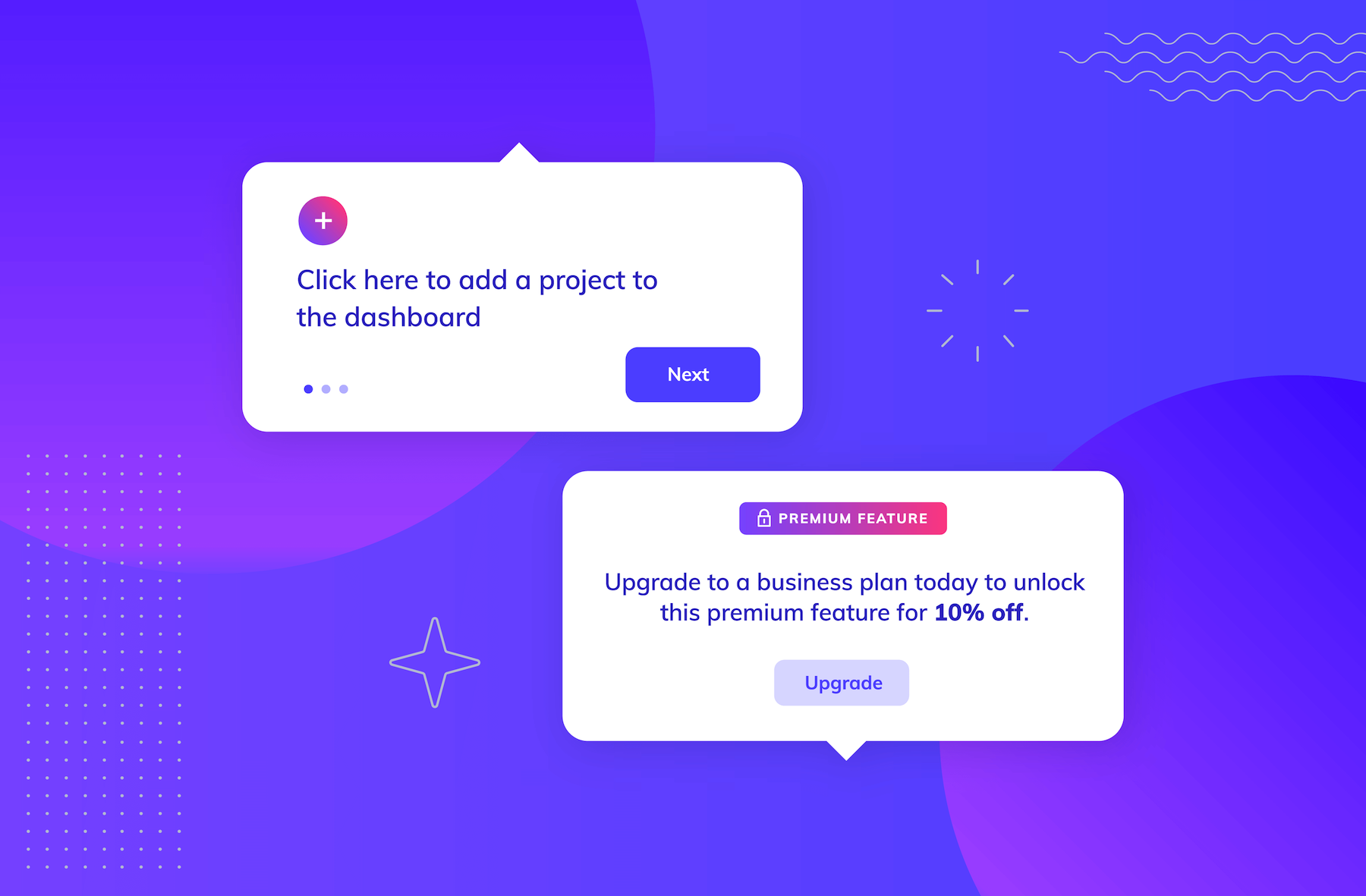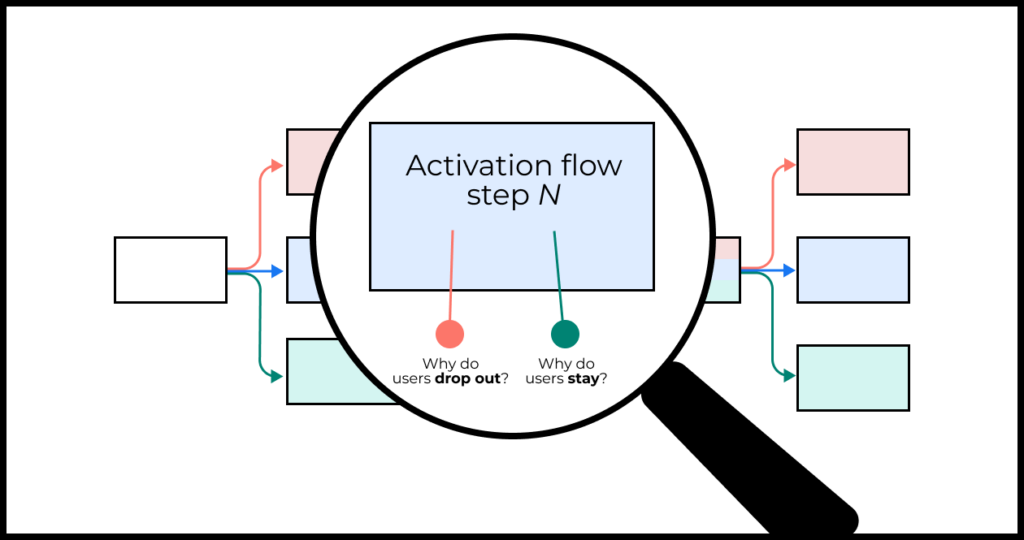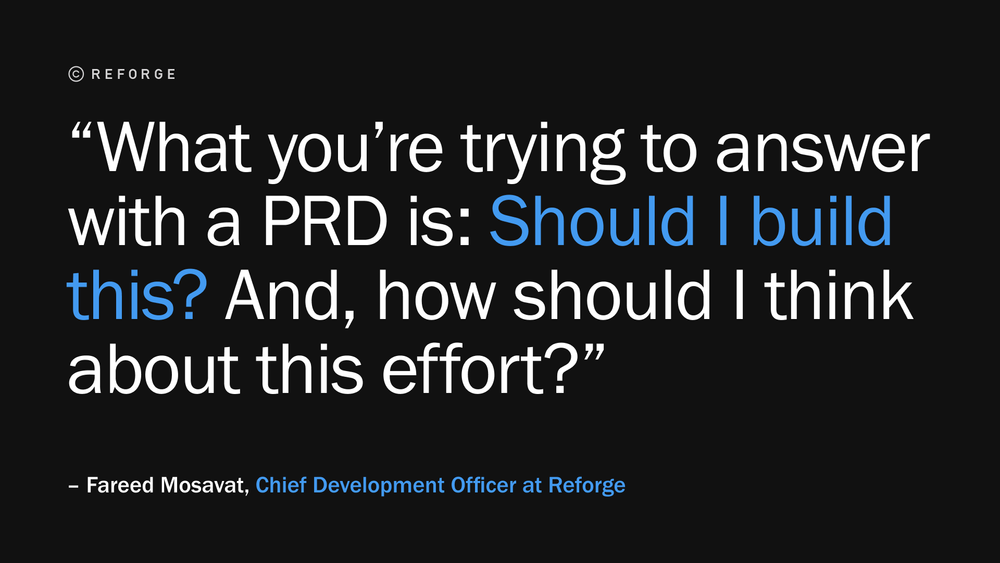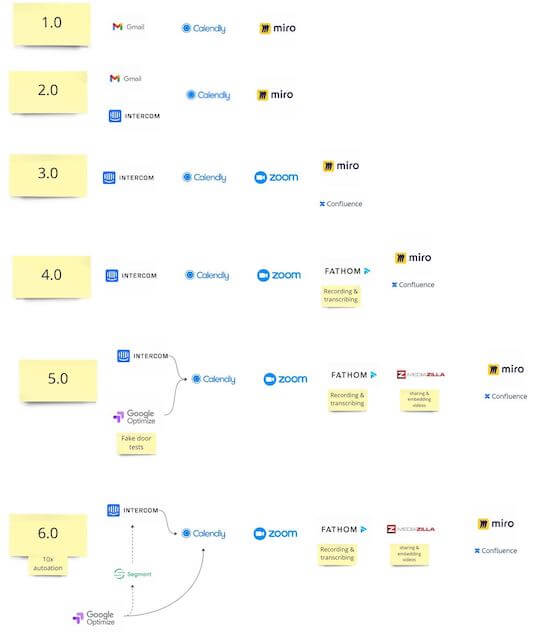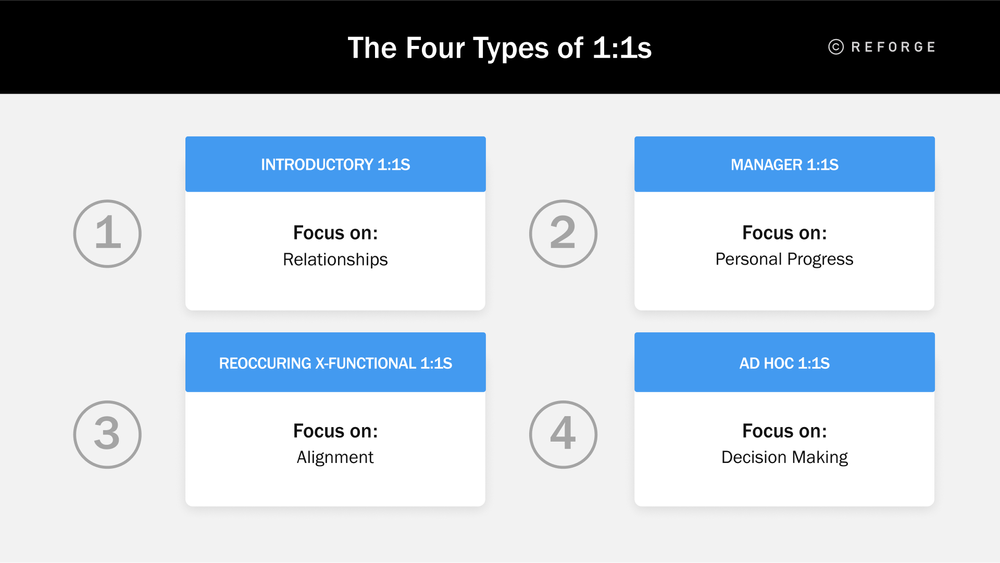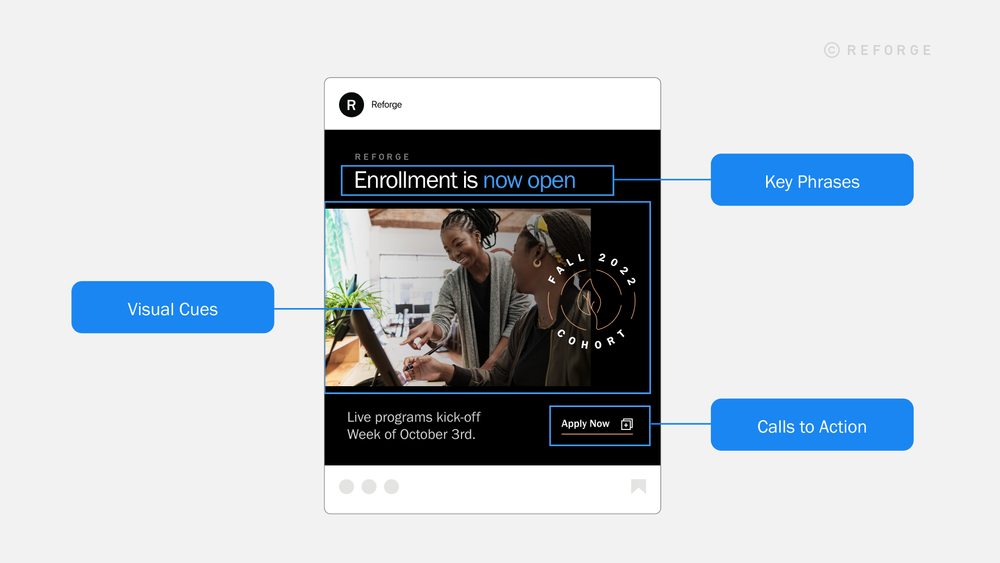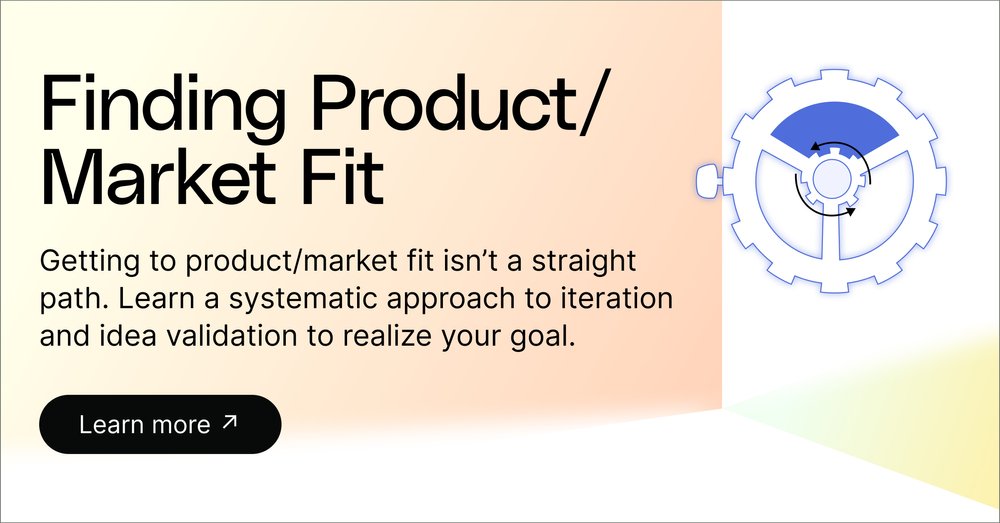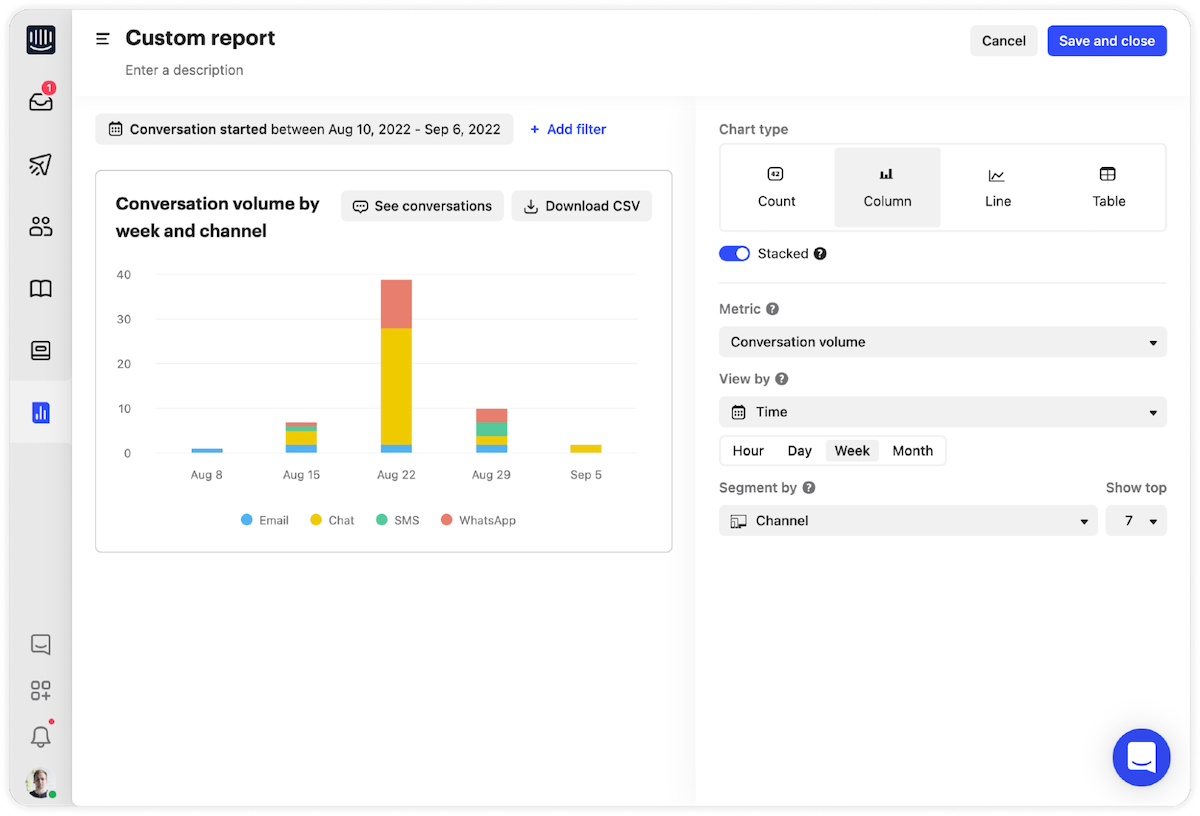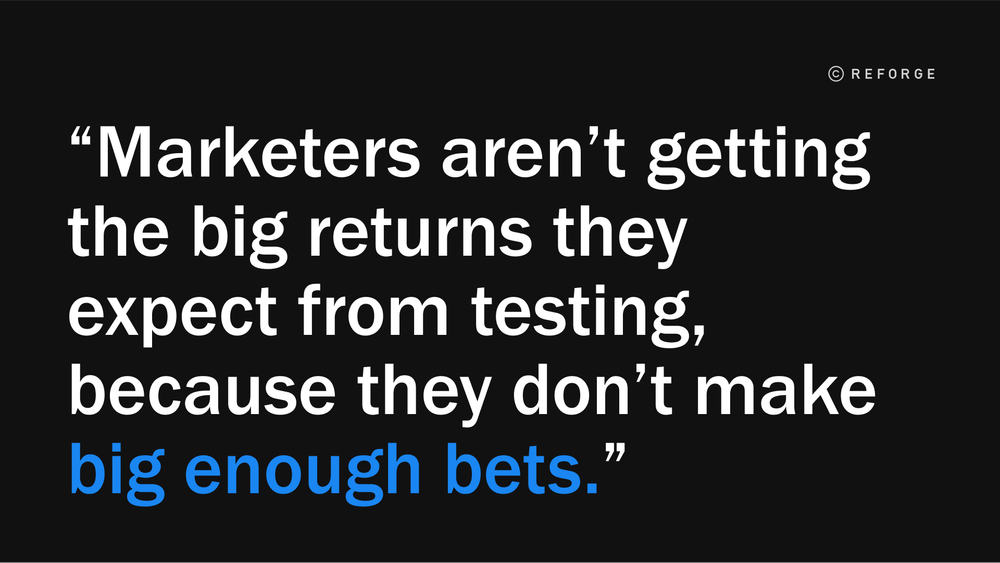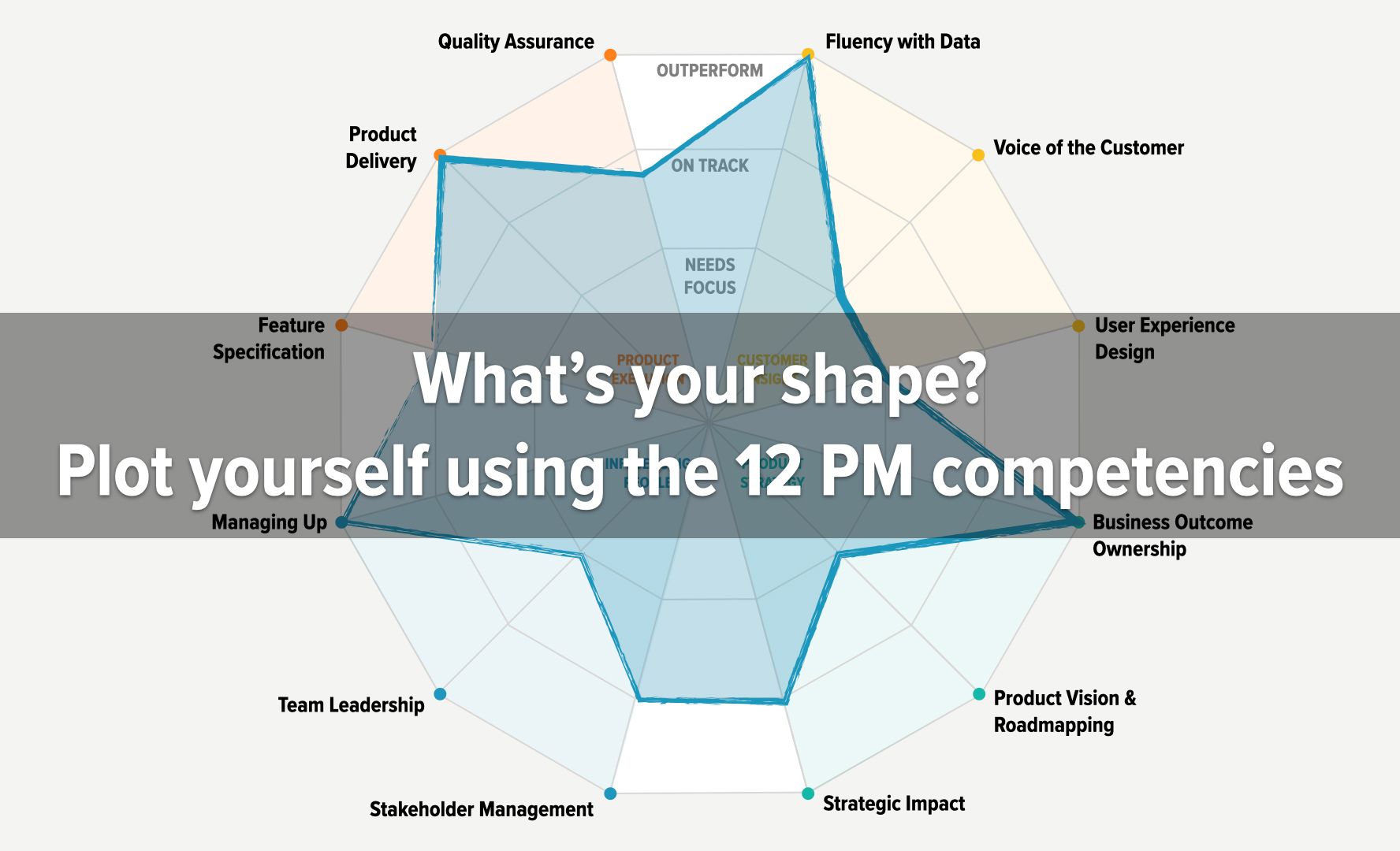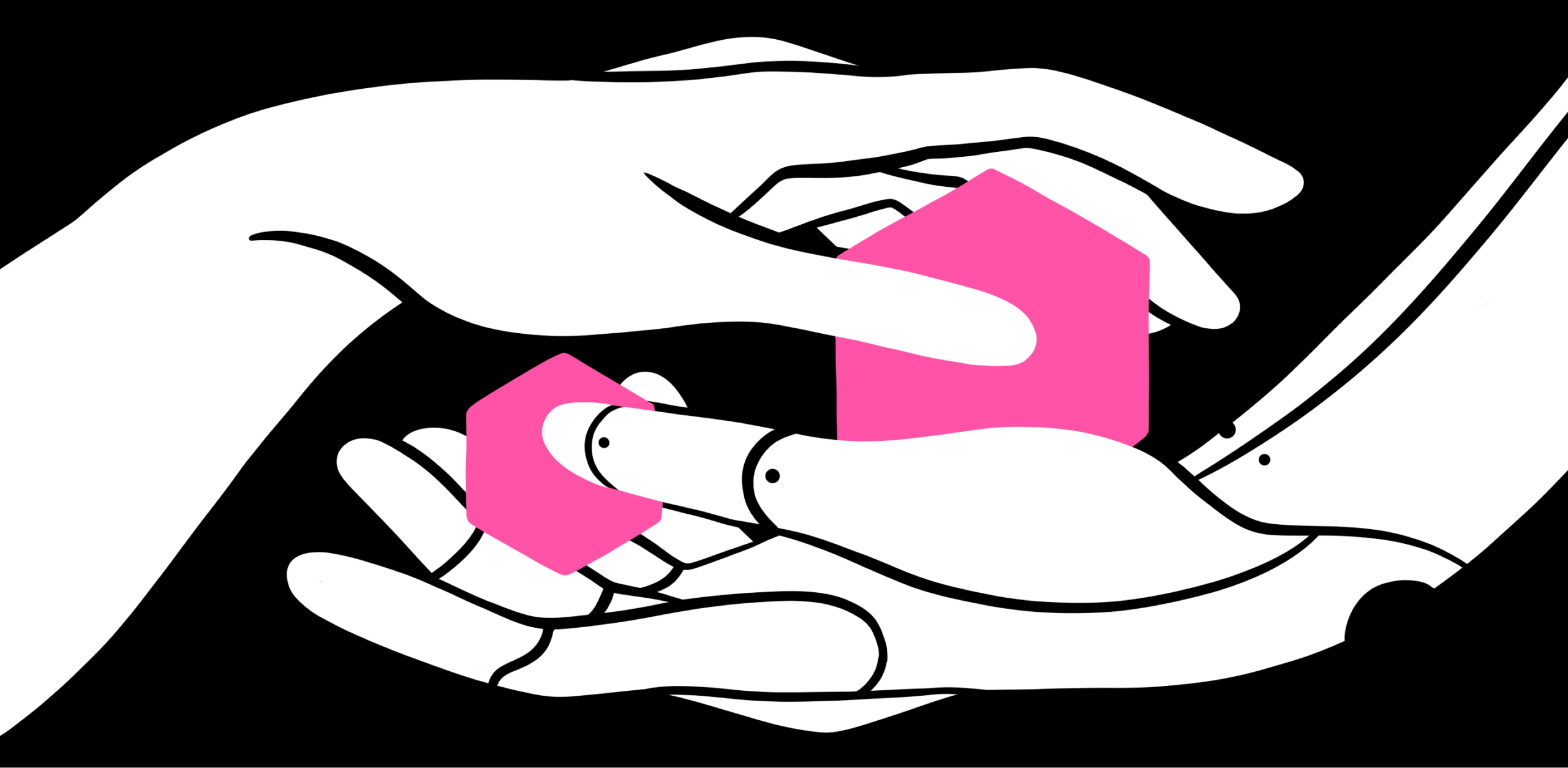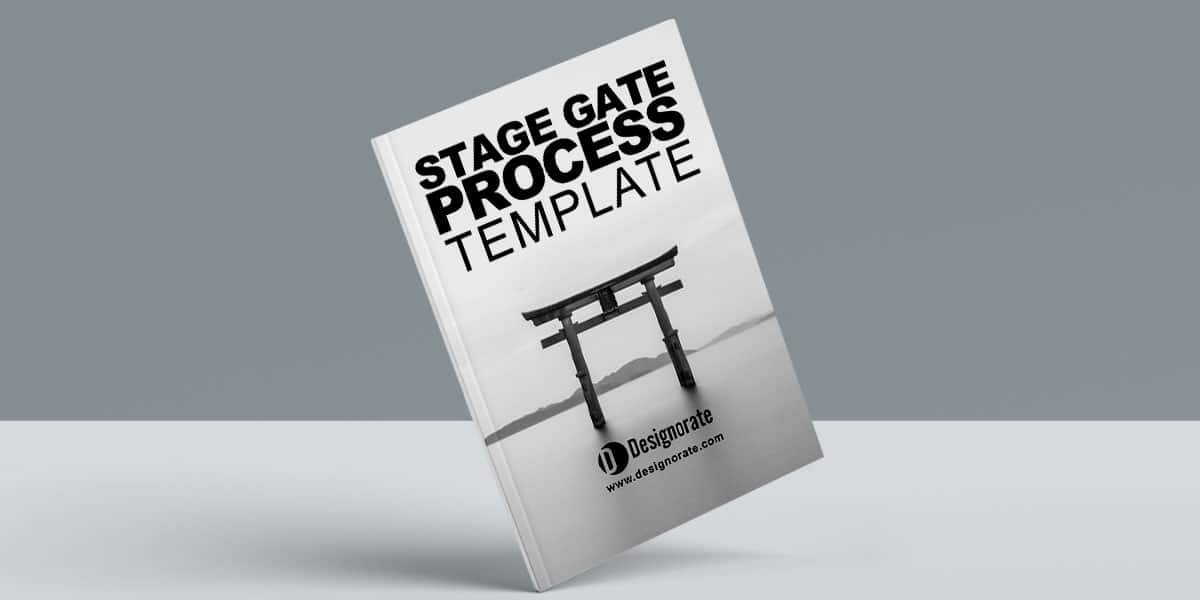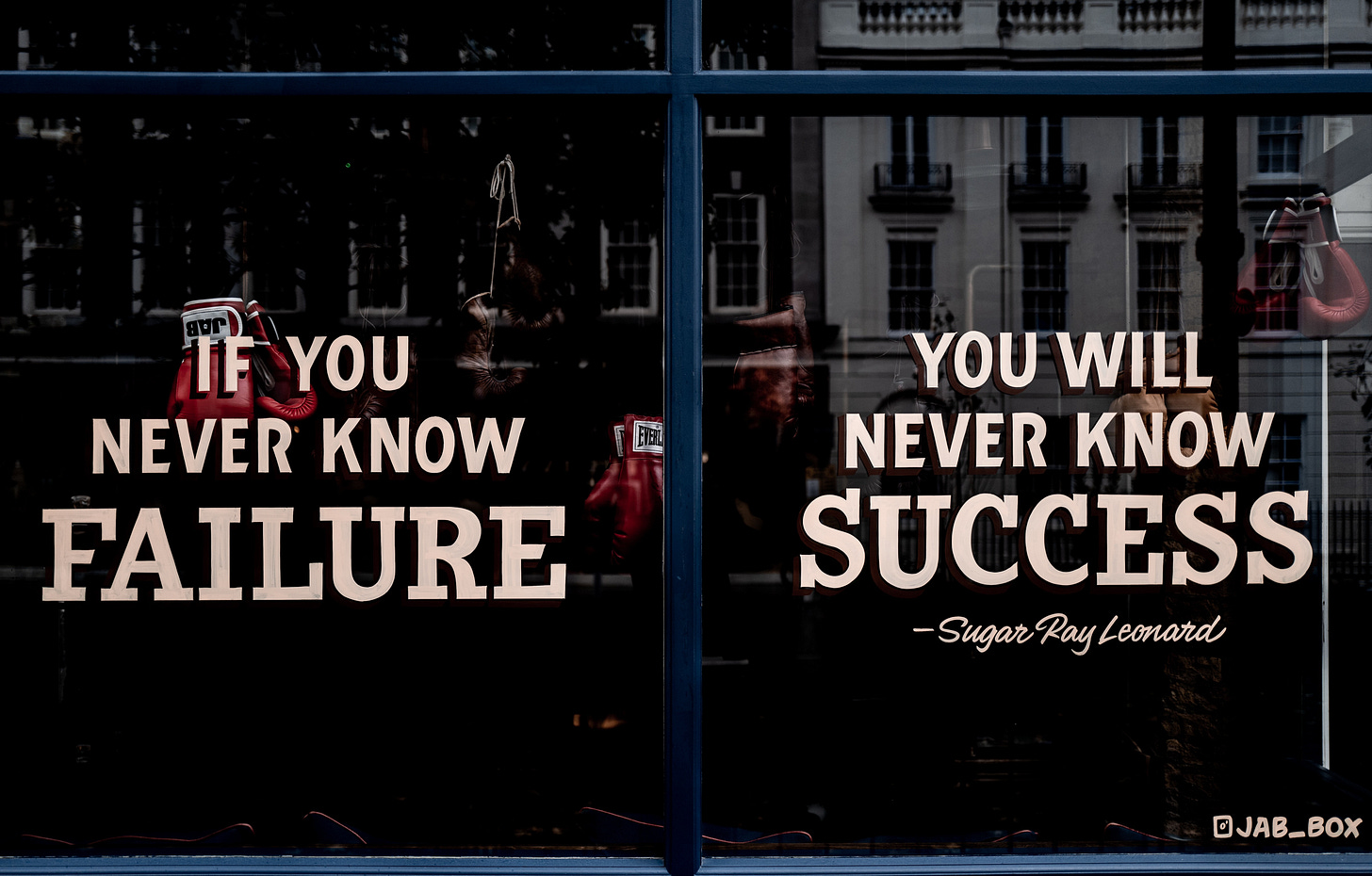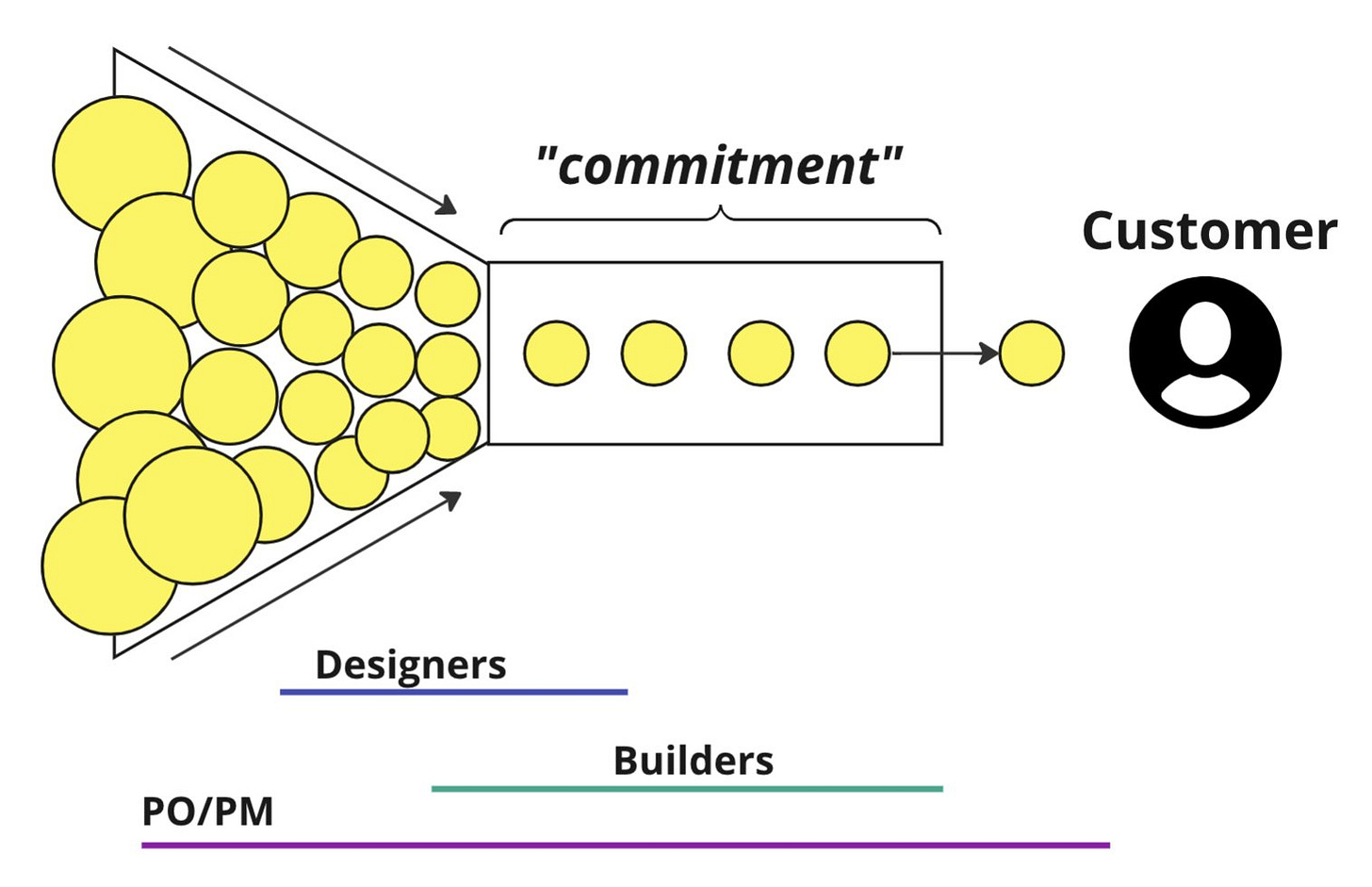Scaffolds are helpful and sometimes necessary. Example: To understand and eliminate costly dependencies, you’ll need to observe those dependencies. To accomplish that, you might set up an intricate system to specify and view dependencies across the organization.
Article
High Performing teams in uncertain times
Tooltips: How to create and use the mighty UI pattern
Tooltips are powerful when designed well and used strategically. Check out our tips on great tooltip design with a bunch of examples inside!
Optimize user activation by reducing friction and strengthening motivation
When you want to optimize your product’s onboarding and activation, one of the best approaches is to systematically reduce friction and strengthen user motivation for every step on the path to value. Here we will discuss how to apply this two-pronged approach to your own product.
The Pitfalls of Habits
How to build a Good Product Team
12 steps towards creating a strong product organisation
9 best-in-class examples of product personalization
According to Google, 89% of U.S. marketers reported that personalization on their websites or apps resulted in higher revenue. You’ve heard the story before—apps that survive in this over-saturated market deliver highly personalized experiences to users. But how do you go about executing a truly personalized end-to-end app experience?
A framework for testing ideas during the product discovery process
Any worthy product discovery idea needs to be tested for 1) value creation, 2) usability, 3) feasibility, and 4) viability
Stakeholders couldn’t care less about Sprint Reviews. How can you change that?
A simple way to make your Sprint Reviews exciting and valuable.
How to Write a PRD That Actually Helps You Build Products
How to know that you’re on the right track with your team
Product Managers are ultimately responsible for figuring out what to build and ensuring it is impactful.
Simple in theory, but not easy.
PMs have to source and process ideas from every direction, rationalize and advocate for which investments make sense, and hold steady in conviction about their roadmap while staying flexible for things to change as they learn.
Tools of the Trade: Recruiting Customer Interview Participants
When it comes to continuous discovery, there’s no such thing as “the perfect tool.” Instead of seeking the best tool out there, it’s much more effective to look for the […]
The post Tools of the Trade: Recruiting Customer Interview Participants appeared first on Product Talk.
Tools of the Trade: Recruiting Customer Interview Participants was first posted on February 8, 2023 at 6:00 am.
©2021 “Product Talk“. Use of this feed is for personal non-commercial use only. If you are not reading this article in your feed reader, then the site is guilty of copyright infringement. Please contact me at teresa@producttalk.org
Own Your Calendar: How to Run 4 Types of 1:1 Meetings
Trying To Reduce Churn Rate? Avoid These 3 Common Myths
A beginner’s guide to cohort analysis: How to reduce churn and make better product decisions
Meme Mapping: Learn to Run Better Creative Tests by Reverse-Engineering Hollywood
Advertisers are losing control. As platforms like Meta and Google automate most targeting, attribution, and optimization decisions with machine learning, soon the last growth lever left will be creative testing: Which concepts, copy, colors and artwork drive the best results?
Challenges With The Lean Startup Methodology
A modern primer for retaining customers: Strategies from Intercom, Productboard, and FullStory
Intercom’s product principles: Building product that’s opinionated by default, but flexible under the hood
Some Testing is a Waste of Time: Making Business Cases for Big Bets
The gospel of testing has spread far and wide, and today you’d be hard pressed to find a company that isn’t actively experimenting in some form.
Why Product Teams Keep Roadmaps and Processes Consistent
Discover why enterprise organizations thrive when product leaders utilize consistent roadmaps and processes.
What’s Your Shape? A Product Manager’s Guide to Growing Yourself and Your Team
Hook Model: encouraging a product habit to improve retention
Principles over process
Stage Gate Process: The Complete Practice Guide
Stage Gate process: How to prevent project risk
The Three Phases of Product Managers
Understanding the common growth steps of product management
Principles of a good product roadmap
8 principles to keep in mind when creating or assessing your roadmap
TBM 5/52: Three Product Teams
The Secret to Building a Customer-Centric Culture
Data shows that customer-centered businesses outperform their competition.
According to a survey from California Review Management, companies who said their customer focus was “very mature” experienced 2.5X the revenue growth of companies with a “very immature” focus.
Value windows: finding when users are ready to benefit from your product
You’ve built a product and found a user segment for which you have product/market fit. If users from this segment learn about your product and experience its value for themselves, they will choose it for getting the job done. This is when you start planning how to get the word out to potential users about your product’s value. But what […]
The post Value windows: finding when users are ready to benefit from your product appeared first on GoPractice.


